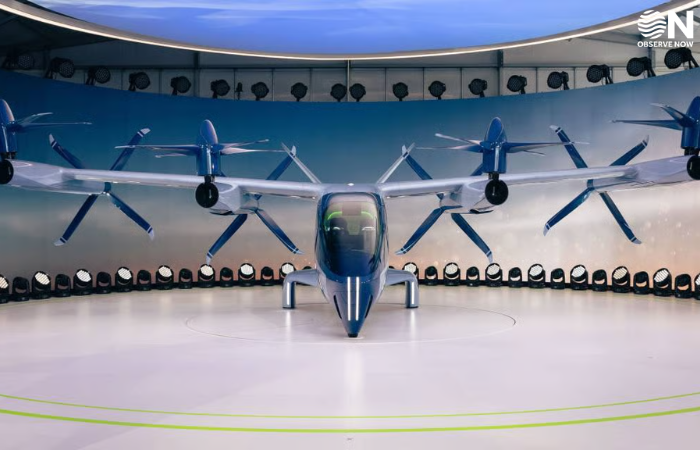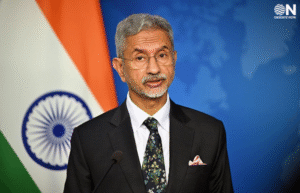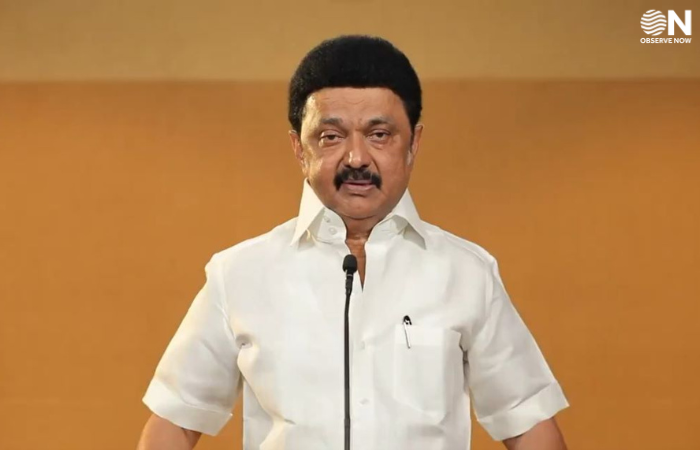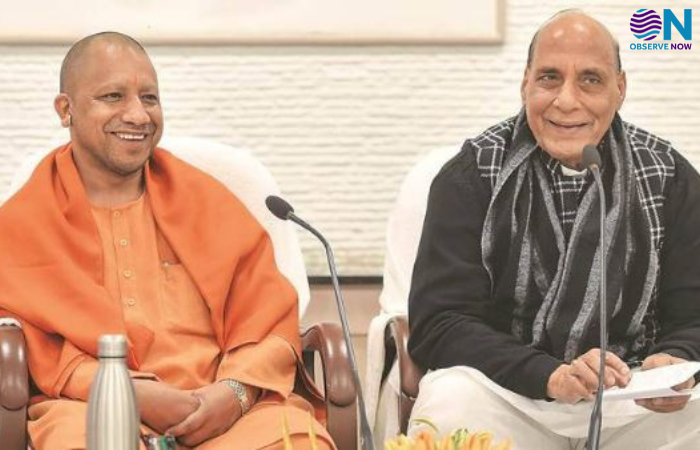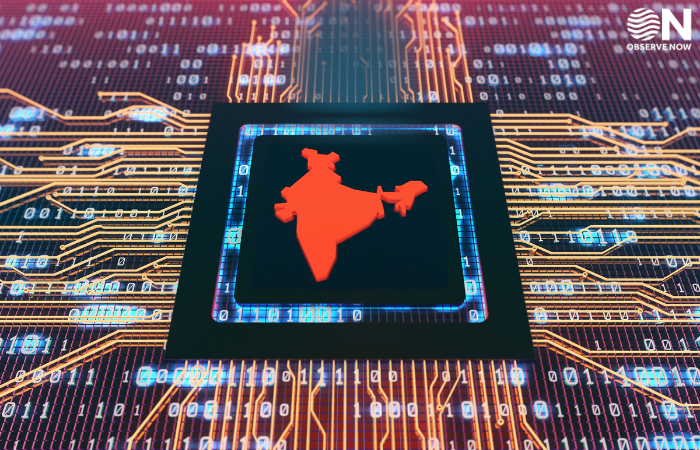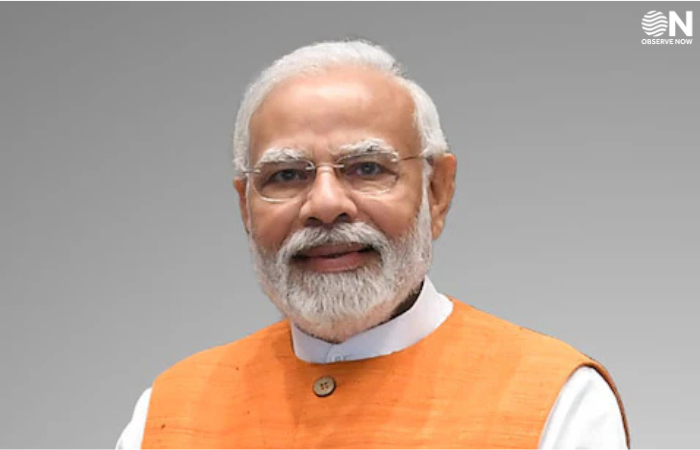Nykaa, Myntra, and Delhivery Harness AI for Festive Season Efficiency
As India gears up for its busy festive shopping season, leading retail and logistics players are doubling down on artificial intelligence to meet surging demand and deliver smoother consumer experiences. Beauty and fashion retailer Nykaa revealed that it has over 40 generative AI initiatives active across different functions, from customer experience to technology and internal operations. The company expects these measures to significantly improve productivity, targeting a 30% boost this year alone. Nykaa is also preparing to launch Nykaa Muse, an AI-powered personal stylist designed to help customers discover products more intuitively while strengthening personalization and product recommendations.
Fashion and lifestyle platform Myntra is also integrating AI deeply into its festive season strategy, especially during its flagship Big Fashion Festival. The company said AI helps address “choice overload” by refining search results, offering styling suggestions, and enabling precise trend mapping. AI tools are also being used to auto-tag catalogues and enhance influencer-led marketing campaigns, ensuring that customers encounter more relevant and personalized shopping options. According to Myntra executives, these efforts are already improving both speed and accuracy, helping the platform stay ahead of consumer expectations.
Beyond retail, logistics provider Delhivery is using AI-driven tools to manage the most challenging part of the festive rush: supply chains. By investing in real-time tracking systems and predictive models, Delhivery can now anticipate demand spikes down to the pin-code level. The company emphasized that modern shoppers demand transparency and live visibility on orders, making AI-powered tracking and proactive communication essential.
Together, the AI strategies of Nykaa, Myntra, and Delhivery highlight how India’s ecommerce ecosystem is shifting from pilot projects to full-scale deployment. With consumer spending expected to climb during the festive period, these companies are betting that advanced AI will be the key to efficiency, personalization, and customer loyalty.






